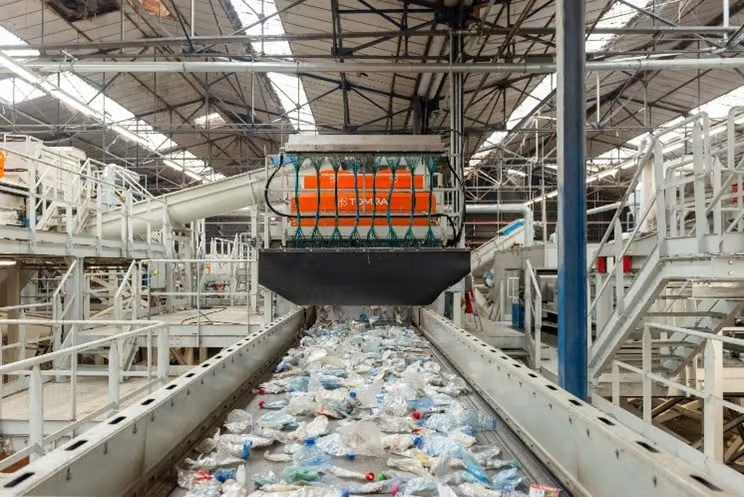Key 2025 Targets of the EU Single-Use Plastics Directive

2025 is a key milestone in the EU’s fight against plastic pollution, paving the way for more significant progress by 2030.
The European Commission’s Single-Use Plastics (SUP) Directive took effect in July 2021. It aims to reduce plastic pollution by focusing on everyday single-use items found on European beaches. 2025 is a key year for the SUP Directive because achieving its objectives lays the groundwork for meeting the more ambitious goals set for 2030. Single-use plastics make up 70% of marine litter in the EU. By 2025, the EU aims to make significant progress in reducing plastic waste through actions outlined in the directive.
You can also read: Plastic Bans: Environmental and Economic Trade-offs
Key 2025 Targets
The SUP Directive sets clear goals to reduce plastic waste, increase recycling rates, and cut plastic consumption. These goals are essential for building a sustainable future:
- Separate collection of plastic bottles: The EU aims to collect 77% of plastic bottles by 2025, and the target will rise to 90% by 2029. This will ensure better recycling of plastic bottles, a major waste source.
- PET bottles: Plastic beverage bottles should contain at least 25% recycled content by 2025, and this will increase to 30% by 2030. The goal is to reduce reliance on virgin plastics and close the plastic waste loop.
- Cutting down on single-use plastics: The EU plans to cut single-use plastics by 50% by 2025. This includes plates, straws, cutlery, and cotton buds. The aim is to reduce plastic waste and promote sustainable alternatives.
- Reducing takeaway plastic waste: The EU will reduce single-use plastic takeaway containers by 50% by 2025.

EU single-use plastics directive targets for plastic bottles. Courtesy of TOMRA.
Recent Statistics and Progress
As of late 2024, progress towards the 77% bottle collection goal for 2025 varies across the EU. Member states have achieved an average 60% collection rate for plastic bottles. Northern European countries, like Germany, lead with rates above 90%. Some countries use bottle return schemes to reach the target. Others invest in better sorting and recycling technologies.
Several countries have already integrated recycled plastic into PET bottles. France exceeded the 25% target by incorporating 30% recycled content in PET bottles in 2024. Countries like Italy plan to reach the goal by 2025.
Extra Measures and Legislation
Along with the 2025 targets, the EU has introduced policies to support the SUP Directive. In 2024, the EU introduced regulations requiring deposit return schemes for plastic bottles. The goal is to improve collection rates and recycling efficiency. Many member states have also banned specific single-use plastics like straws, cutlery, and plastic bags. For example, France banned single-use plastic straws in 2021 and extended the ban to cups and plates in 2022, a measure that is still in effect.
Next Steps
The EU Single-Use Plastics Directive tackles the plastic waste crisis. The 2025 targets aim to reduce pollution, improve recycling, and promote a circular economy. Progress continues, but more investment is necessary. This includes infrastructure, public awareness, and recycling technologies.
The EU sets clear targets for separate collection, recycled content, and reduced consumption. This positions the EU as a leader in sustainable plastic management. Meeting these goals will fight plastic pollution and create economic opportunities in Europe.
